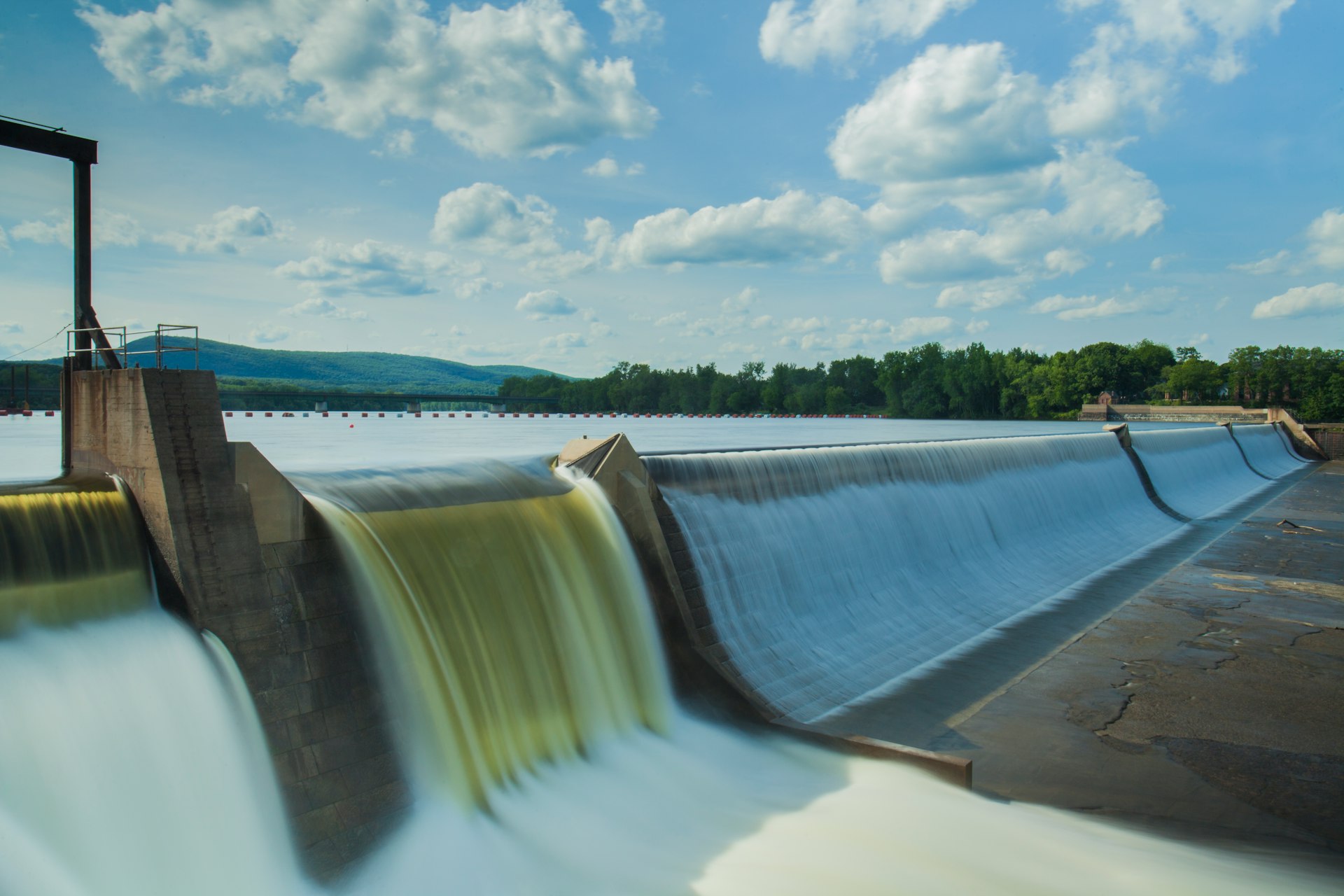INTRODUCTION
Sustainability says meeting the needs of the present without compromising the needs of future generation. It includes balancing economic, social, and environmental factors to ensure long-term well-being. In today's world, sustainability is crucial due to environmental degradation, resource depletion, and social inequality. Embracing sustainability fosters resilience, promotes innovation, and ensures a healthier planet for all.
Introducing the role of technology in advancing sustainability efforts involves highlighting how technological innovations can contribute to addressing environmental, social, and economic challenges.
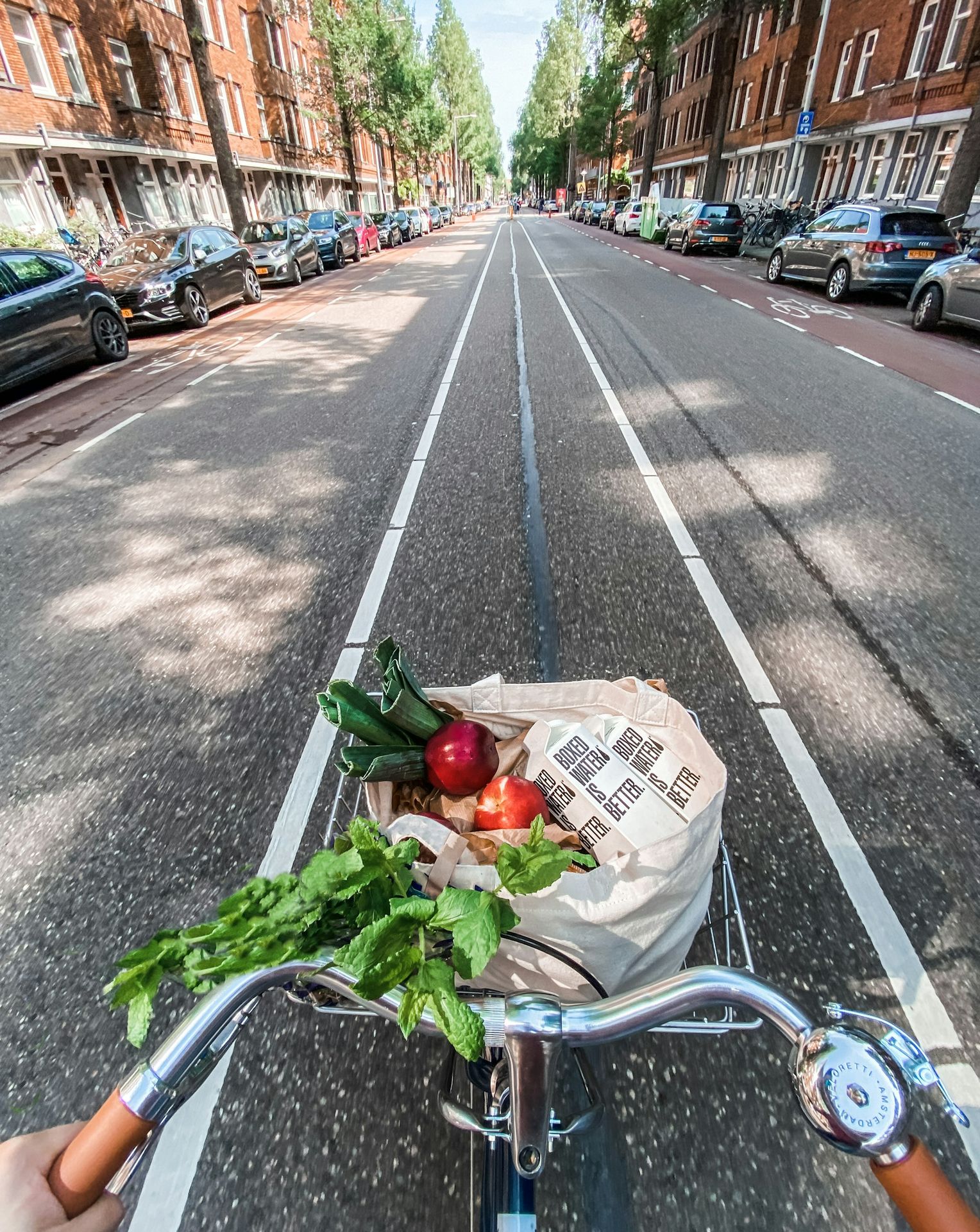
The Power of Technology in Sustainable Solutions
1. Renewable energy as the solution :-
Renewable energy contributes to sustainability in several key ways:
(a) Reduction of Greenhouse Gas Emissions : Unlike fossil fuels, renewable energy sources such as solar, wind, hydro, and geothermal power generate electricity without emitting greenhouse gases. By replacing fossil fuel-based power generation, renewables help mitigate climate change and reduce air pollution, thus promoting environmental sustainability.
(b) Conservation of Natural Resources : Renewable energy sources rely on naturally replenishing resources like sunlight, wind, and water, which are abundant and inexhaustible. Unlike finite fossil fuel reserves, renewables offer a sustainable energy supply that can meet current and future energy demands without depleting natural resources.
(c) Energy Independence and Security : Renewable energy diversifies the energy mix, reducing dependence on imported fossil fuels and enhancing energy security. Countries with abundant renewable resources can produce their own energy domestically, reducing vulnerabilities to geopolitical tensions and price fluctuations in global energy markets.
(d) Job Creation and Economic Growth : The renewable energy sector creates jobs in manufacturing, installation, operation, and maintenance of renewable energy systems. By investing in renewables, countries can stimulate economic growth, foster innovation, and build a sustainable green economy.
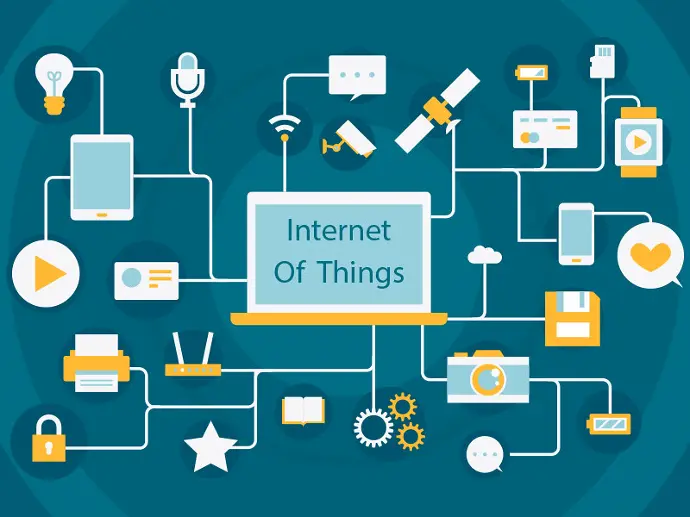
2. Using Internet of Things(IoT) :-
(a) Smart Energy Management : IoT devices, such as smart meters and sensors, enable real-time monitoring and optimization of energy consumption in buildings, industrial facilities, and transportation systems. This helps identify energy inefficiencies, reduce energy waste, and promote the integration of renewable energy sources, leading to lower greenhouse gas emissions and increased energy efficiency.
(b) Water Conservation : IoT-based water management systems use sensors to monitor water quality, detect leaks, and optimize irrigation in agriculture. By providing insights into water usage patterns and enabling automated control, IoT helps conserve water resources, minimize water wastage, and improve water efficiency in both urban and rural areas.
(c) Waste Management : IoT sensors deployed in waste management systems can track waste generation, monitor bin fill levels, and optimize waste collection routes. This reduces unnecessary pickups, minimizes fuel consumption, and decreases greenhouse gas emissions associated with transportation, leading to more efficient waste management and reduced environmental impact.
(d) Smart Agriculture : IoT technology in agriculture, known as precision agriculture, enables farmers to monitor soil conditions, crop health, and weather patterns in real-time. By providing actionable insights, IoT helps optimize irrigation, fertilization, and pest control, leading to higher crop yields, reduced water usage, and minimized environmental impact.

(e) Transportation Efficiency : IoT-enabled smart transportation systems improve traffic management, reduce congestion, and optimize public transportation routes. This not only reduces fuel consumption and emissions but also enhances the overall efficiency and sustainability of urban mobility.
(f) Environmental Monitoring : IoT sensors deployed in natural environments can monitor air quality, water quality, biodiversity, and other environmental parameters in real-time. This data enables early detection of environmental degradation, facilitates informed decision-making, and supports conservation efforts to protect ecosystems and biodiversity.
3. Integrating Artificial Intelligence(AI) :-
(a) Energy Efficiency : AI algorithms can optimize energy consumption in various applications such as smart buildings, industrial processes, and transportation systems. By analyzing data and making real-time adjustments, AI helps reduce energy waste, lower carbon emissions, and increase energy efficiency.
(b) Renewable Energy Integration : AI enables better integration and management of renewable energy sources like solar and wind power into the electricity grid. AI algorithms predict energy production and demand fluctuations, optimize energy storage, and coordinate distributed energy resources to ensure a stable and reliable power supply from renewable sources.
(c) Environmental Monitoring: AI-powered sensors and remote sensing technologies monitor environmental parameters such as air quality, water quality, and biodiversity in real-time. This data helps identify environmental issues, track changes over time, and inform decision-making for conservation and pollution control efforts.
(d) Natural Disaster Prediction and Management : AI algorithms analyze vast amounts of data from weather satellites, sensors, and historical records to predict natural disasters such as hurricanes, floods, and wildfires. Early warning systems powered by AI can alert communities and authorities, enabling proactive measures to mitigate risks and minimize the impact of disasters on people and ecosystems.
(e) Precision Agriculture : AI-driven precision agriculture techniques optimize farming practices by analyzing data on soil conditions, weather patterns, and crop health. This enables farmers to minimize water usage, fertilizer and pesticide application, and maximize crop yields, leading to more sustainable and environmentally friendly agricultural production.
INNOVATIVE TECHNOLOGIES ADDRESSING ENVIRONMENTAL CHALLENGES
1. Ocean Cleanup Technologies : Initiatives like "The Ocean Cleanup" deploy innovative technologies such as floating barriers and autonomous vessels to remove plastic waste from the oceans. These technologies help in cleaning up marine debris and preventing harm to marine life.
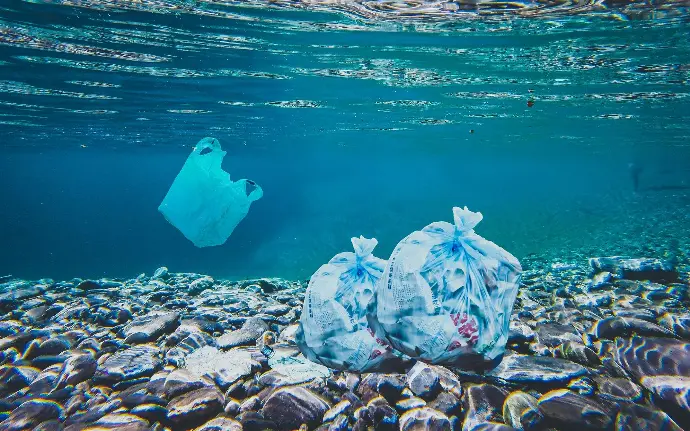
2. Carbon Capture and Storage (CCS) : CCS technologies capture carbon dioxide emissions from industrial processes or directly from the atmosphere and store them underground to prevent their release into the atmosphere. Companies like Carbon Engineering and Climeworks are pioneering direct air capture technologies to combat climate change.
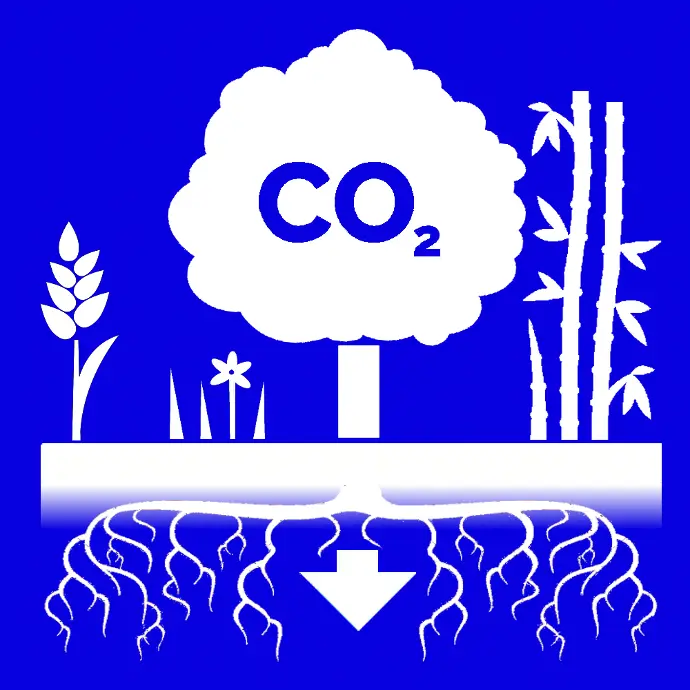
3. Renewable Energy Innovations : Advances in renewable energy technologies such as solar, wind, and tidal power are crucial for reducing dependence on fossil fuels and mitigating climate change. Innovations like floating solar farms, next-generation wind turbines, and wave energy converters are making renewable energy sources more efficient and accessible.
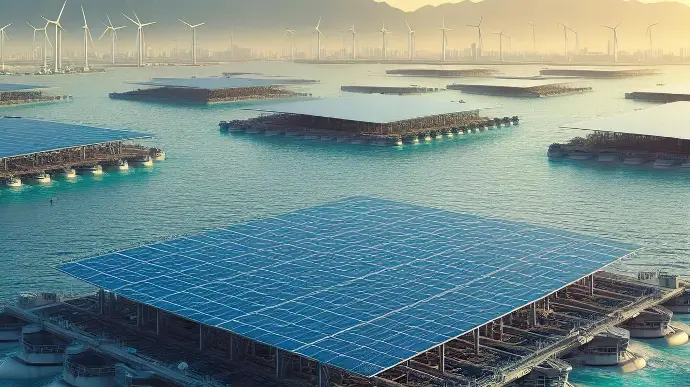
4. Vertical Farming : Vertical farming utilizes innovative technologies such as hydroponics, aquaponics, and LED lighting to grow crops indoors in vertically stacked layers. This approach reduces the need for land and water while maximizing crop yields, making it a sustainable solution to food production challenges.
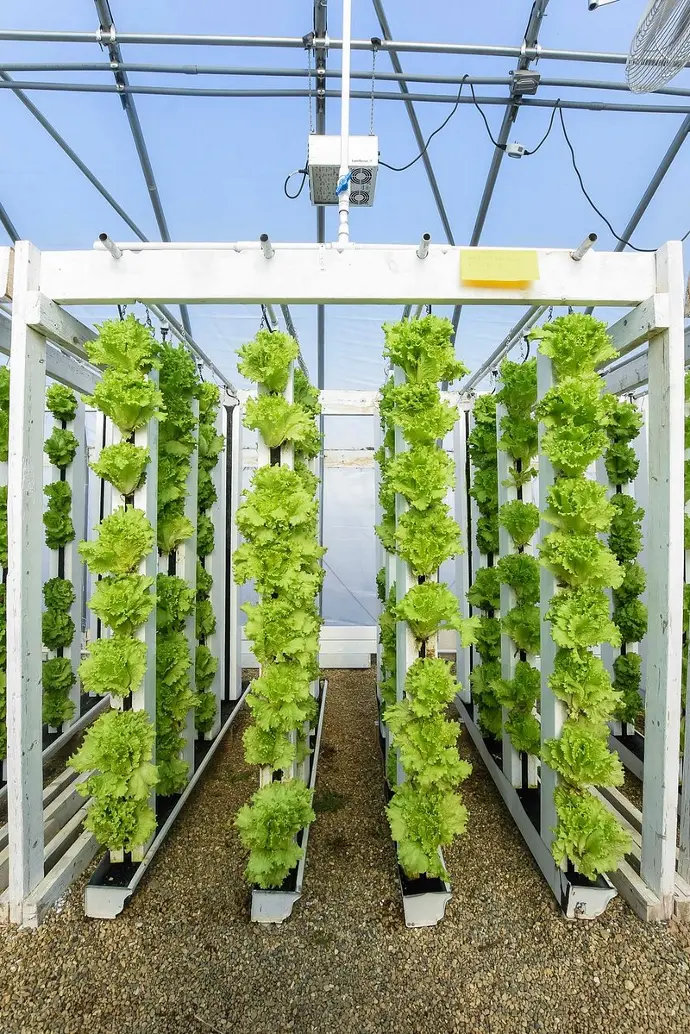
5. Smart Grids and Energy Storage : Smart grid technologies integrate renewable energy sources, energy storage systems, and digital communication networks to optimize energy distribution and consumption. Energy storage innovations like lithium-ion batteries, flow batteries, and hydrogen storage enable better integration of intermittent renewables into the grid and support a more resilient energy infrastructure.
6. Biodegradable Materials : Researchers are developing biodegradable materials and packaging alternatives to reduce plastic pollution and environmental degradation. Innovations include bioplastics made from renewable sources like corn starch or algae, as well as compostable packaging materials that break down naturally without harming the environment.
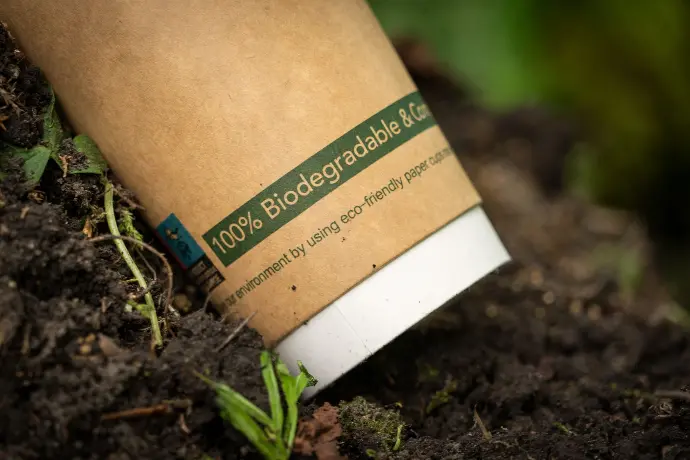
I hope that was helpful. Please stay tuned for the next part. Thank you.
